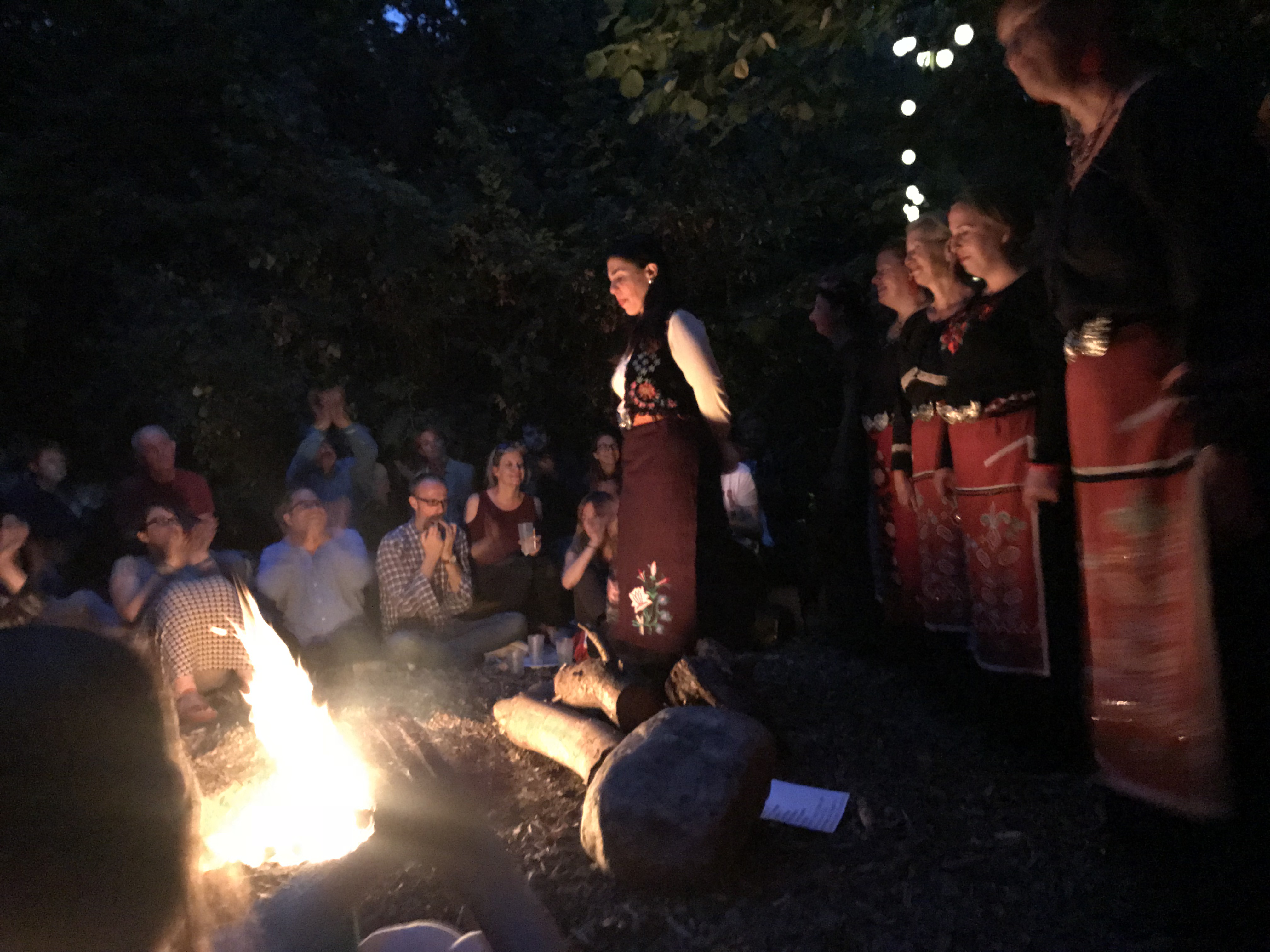
Burdock
Arctium lappa, A. minor
Daisy Family (Asteraceae)

Burdock is both an herb and a food; in Japan, burdock root is prepared as a cooked food, and burdock root and dandelion root have been made into a beverage in the British Isles and Ireland area (Bruton-Seal and Seal, 2008, Street Food Guy, n.d.). In Western herbalism, burdock is known as an alterative herb, which supports organs and processes involved in detoxification and elimination, and especially elimination through the skin via affecting the sebaceous glands in the skin. Alterative herbs generally work their magic over time, slowly restoring balance to the body. Metaphorically, the way burdock draws up nutrients from the earth is thought to mirror how it works in us - a vehicle to draw up our own strength to restore balance. However, the seed is considered to act more quickly (De la Foret, n.d.).
Inflammation modulation & antioxidant action
Traditionally burdock leaf, steamed or pounded into pulp, has been applied topically to conditions such as bruises, swellings, and boils, all of which entail some inflammation (mcdonald, n.d.).
A growing body of research has shown that arctigenin and the less studied arctiin - both constituents of burdock - demonstrated their effects on inflammation in in vivo and in vitro studies (Gao et al., 2018). In models of different diseases - such as local edema, colitis, acute lung injury, and brain trauma - improvements were seen in edema, pain responses, and reduced markers of inflammation.
Burdock root and leaf extracts, and various isolated burdock components, have been found to have a high level of free radical scavenging activity, stopping damaging oxidative stress that is associated with many diseases (Yasri et al., 2023).
Knee osteoarthritis
Research has demonstrated that burdock tea could help reduce inflammation in people suffering from arthritis of the knee.
A clinical study was done of 36 patients with knee osteoarthritis to assess impact of daily burdock tea consumption on inflammatory markers in blood serum after 42 days (Maghsoumi-Norouzabad, 2014). The intervention group was given three cups of burdock tea (2g herb/150ml boiled water) daily after meals and the control group drank plain boiled water. In comparison with the control group, the burdock group had significant decreases in improvements in several markers of inflammation (Maghsoumi-Norouzabad, 2014). However, due to the design and the use of burdock tea as the method of intake, there was not a placebo control in this trial, so the effects could have been due to the placebo effect.

Urinary system
Traditionally, burdock seed has been considered to be a diuretic, promoting urination, and thus elimination of wastes from the body (Tobyn et al., 2011).
Digestive system
Burdock root contains inulin, a substance that acts as food for good bacteria in the gut (Moro and Clerici, 2021). This improves the gut microbial ecosystem, which impacts digestion, but also impacts mood and other aspects of health.
Diabetes
In a departure from its traditional uses, research is indicating that burdock may help regulate blood sugar levels. In various animal and in vitro studies, burdock root and seed were found to stimulate glucose tolerance and insulin secretion, and suppress intestinal absorption of glucose (Yasri et al., 2023).
Plant preparations
Internal
- Decoction - dried root, dried seed
- Infusion - leaf
- Edible - root and young leaves
- Tincture - seed
External
- Poultice (leaf)
Cautions
People with skin conditions may want to mix burdock with other eliminating herbs and/or start with a lower dose of burdock and gradually increase the dosage. As with other Daisy family plants, some people have adverse reactions to burdock. The effects of burdock seed, which is considered to have a stronger energy than the root, during pregnancy and lactation is not known (De la Foret n.d.).
References
- De la Foret, R. (n.d.) Burdock benefits. Herbs with Rosalee. Retrieved Jan 12th 2023
- Gao, Q., Yang, M., and Z. Zuo. Overview of the anti-inflammatory effects, pharmacokinetic properties and clinical efficacies of arctigenin and arctiin from Arctium lappa L. Acta Pharmacol Sin 39, pp. 787–801.
- Maghsoumi-Norouzabad, L., Alipoor, B., Abed, R., Eftekhar Sadat, B., Mesgari-Abbasi, M., and M. Asghari Jafarabadi. (2014) Effects of Arctium lappa L. (Burdock) root tea on inflammatory status and oxidative stress in patients with knee osteoarthritis. International Journal of Rheumatic Diseases, 19(3), pp. 255–261. doi:10.1111/1756-185x.12477.
- mcdonald, j. (n.d.) Burdock. Herbcraft. Retrieved Jan 15th 2023
- Nermeen, Y., Sultan, M.A., Jianbo, X., Syed, G.M., Chao, Z., Aamer, S., Ruichang, G., Noha, S.S., Alessandro, D., Maria, D., Zhiming, G., Shaden, K. AM., and R.E. Hesham. (2023) Arctium lappa (Burdock): Insights from ethnopharmacology potential, chemical constituents, clinical studies, pharmacological utility and nanomedicine, Biomedicine & Pharmacotherapy, 158
- M.A. Moro, T.M.A., and M. T.P.S. Clerici (2021) Burdock (Arctium lappa L) roots as a source of inulin-type fructans and other bioactive compounds: Current knowledge and future perspectives for food and non-food applications, Food Research International, 141.
- Street Food Guy. July 5th 2019. Dandelion and Burdock. Retrieved Jan 12th 2023
- Tobyn, G., Denham, A., and M. Whitelegg. (2011) Arctium lappa, burdock, Medical Herbs, pp. 91–103. doi:10.1016/b978-0-443-10344-5.0.